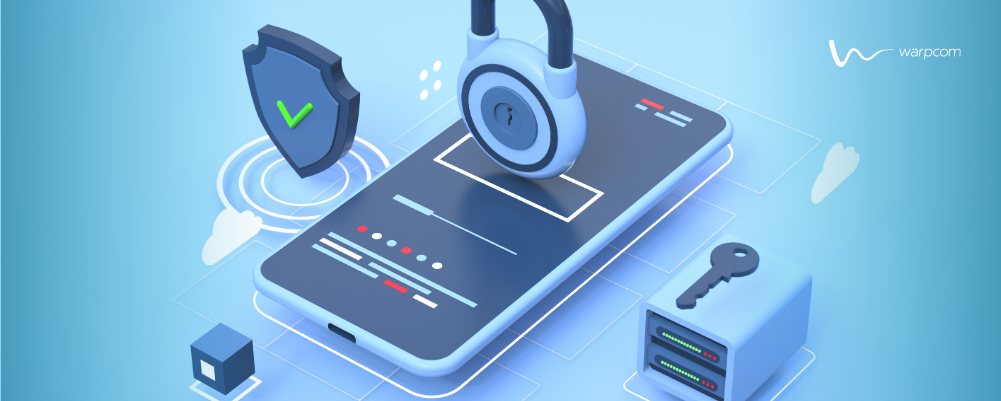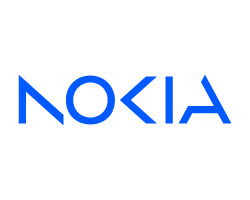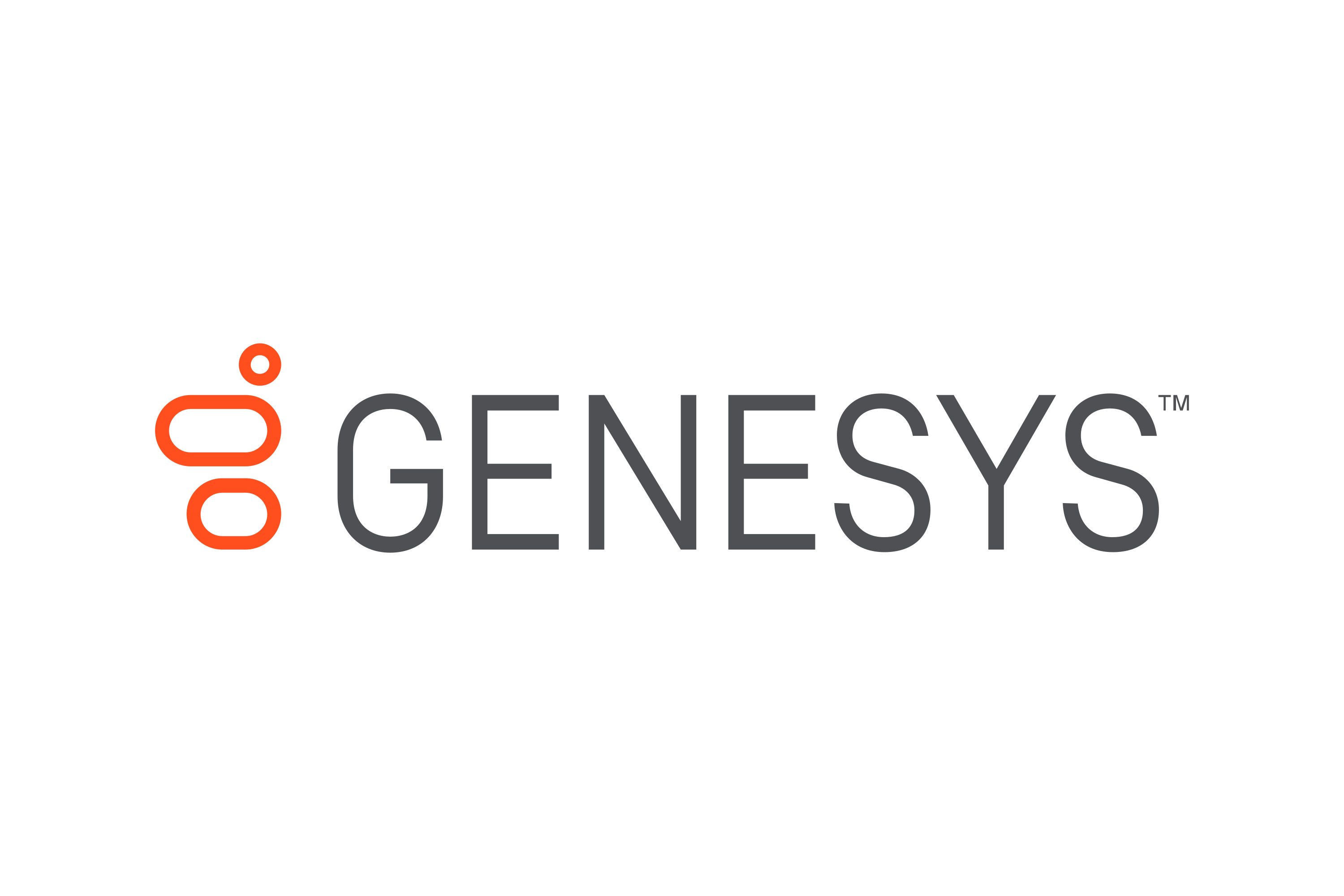Digitization and climate change are today the two major protagonists at a global level. There is a specific sector that addresses and leads both: cities and regional communities play a key role in digitizing the services and managing the natural resources they make available to citizens. A Smart City is one that invests on sustainable development, harnesses the power of technology to connect, protect and improve fundamental aspects of those who live, visit and/or work there, and ensures maximum efficiency in the use of resources with innovative urban solutions.
Portugal already has good examples of how digitalization helps to improve the daily routine of cities, but there is still much to be done and surpassed. So what are the main vectors to transform a City into a Smart City and what initiatives should be considered?
1. Smart Governance
Omni-channel service offering a 360º experience: scalable and personalized service through mobile applications, web portals and contact centers to inform, provide services, open new channels of communication with citizens, as well as solutions for emergency centers such as 112.
Electronic administration with digital public services: more and better digital public services provided by administrations, such as tax collection and administrative procedures for social security, health, registration of intellectual property or renewal of citizen cards and certificates.
Informational and interactive spaces: greater citizen involvement in digitized physical spaces, digital marketing, communication within municipal buildings and abroad (video walls, bus stops, interactive kiosks), demonstration centers, and information spaces to make advances in digitization more tangible.
Open data and transparency: initiatives such as transparency portals to publicize actions by local authorities and the Government. Open data to open public sector data in standard and interoperable formats, making its access and reuse easier. Citizen participation through collaborative tools.
2. Smart Environment
Irrigation of parks and gardens: sustainable gardening in a real-time irrigation control system to save water (weather, water leaks, broken pipes, etc.).
Intelligent waste management: optimized waste collection by containers detection (paper, cardboard, glass, packaging).
Air quality and noise management: processing of environmental parameters, such as air quality, with the integration of satellite data (vehicle count, location, type, speed), mobility data and open data, noise levels with sound level meters to monitor the noise generated by traffic and local works.
Intelligent management of public lighting: remote monitoring of energy consumption, control on lighting fixtures and action on them with programming using a management tool.
Energy telemetry in public buildings: efficient air conditioning and lighting with telemonitoring of energy consumption in any building to implement savings measures, ensuring economic sustainability. Network of smart meters (water, gas and electricity) that can be monitored, supervised and operated remotely.
3. Smart Mobility
Intelligent Parking: making life easier for citizens in parking management through an indoor and outdoor parking sensing service in regulated areas (historic centers, disabled parks, loading and unloading areas, zones and buildings – public or private – with conditioned or limited access), and mobile applications for finding and booking parking spaces.
Smart public services adapted to the citizen: maximizing the citizen and tourist experience, avoiding traffic jams and delays in public transport. Collection, analysis and decision-making based on the mobility analysis of citizens and tourists. Real-time status of traffic and public transport for incidents and better scaling.
Municipal fleets: improving the productivity of municipal vehicle fleets, reducing costs associated with their activity and improving driver safety. A device installed in the vehicle can provide a real-time location, engine diagnostics and driver behavior.
Intelligent pedestrian crossings: intelligent signaling system that detects pedestrians approaching the crossings, preventing the driver.
4. Smart Living and Smart People
Surveillance and security: video camera circuits and control centers that include recording, storage and analysis of images in real-time, allowing a quick response, mitigating situations of insecurity. Analytical applications can automatically detect incidents, resulting in a more efficient and quicker response from services.
Smart beaches: management of smart beaches based on obtaining a wide variety of indicators through sensors and IoT devices (substrate sensors, smart buoys, UVA sensors, bathymetric monitoring).
City platform: a comprehensive vision of the state of the city and the management of its services, enabling the transformation of urban services into intelligent services.
5. Smart Economy
Digitization of tourism spaces and tourist buildings: extension of the digital experience to physical space through totems and interactive screens to inform and process 24×7. Audience measurement (eg counting the number of visitors), shift management (optimizing customer service) and digital signage with remote content management and the possibility of advertising exploitation.
Wi-Fi network and smart public services adapted to the tourist: provision of a Wi-Fi network in emblematic areas (tourist buildings, buses, etc.), and collection and analysis of visitor information to adapt public services to their needs (volume of tourists, analysis of the origin, segmentation by gender, age and socioeconomic level, points of interest, routes followed, time spent in the city, etc.).
Informative and transactional channels: web portals and mobile apps, multimedia and multi-device for communication and promotion of events and activities, management of the use of tourist environments (information, reservations, payment), promotion of local businesses and easy check-in and check-out of accommodations.
Economic competitiveness, quality of life and sustainability are the three main goals of a Smart City. Digital infrastructure represents an important driver to achieve this and a centerpiece for connecting people, devices and entities.
Download our eBook [PT] that dives deep into everything you need to transform your city into a Smart City, generating more revenue, reducing costs, optimizing resources and increasing the satisfaction of those who live, work and visit your city.

























